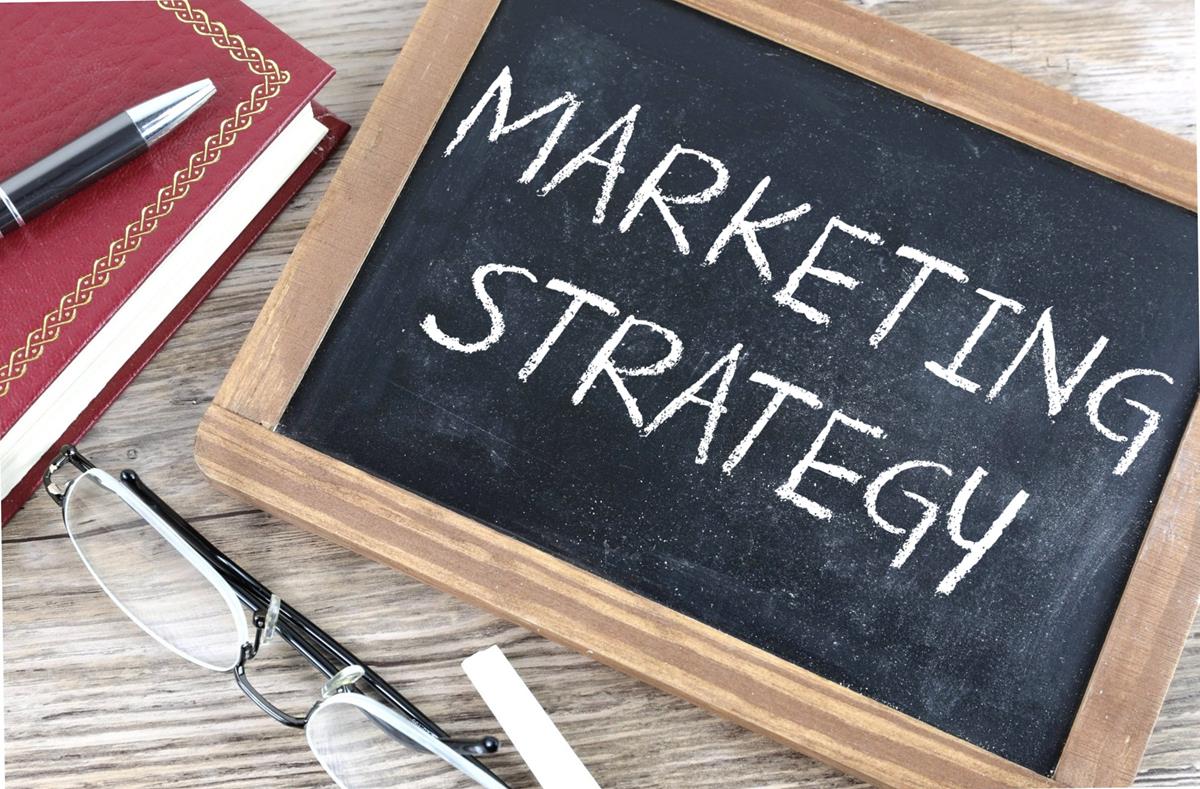To understand the difference between traditional and guerilla marketing strategies we must first understand what guerilla marketing is. Jay Conrad Levinson provides a comprehensive overview of the concept in his book of the same title, Guerilla Marketing. The idea is simple, any marketing strategy that can be put in place by any individual or small business would qualify as a guerilla marketing technique. These can include business cards, social media sites, company websites, fliers on bulletin boards, mailers, brochures, and many more options.
While certain strategies used by the "guerilla" can also be leveraged by larger companies, for the most part these strategies will be used by smaller companies due to the nature of their needs. With limited funding, traditional strategies may not be successful if implemented by the small business or individual. This is because traditional methods rely on a large budget to create television advertisements, billboards, magazine advertisements, and even sponsoring events that may all appeal to the customer base. In fact, many traditional marketing strategies may not be fully understood by an individual or small business because they have been shrouded in mystery as the well kept secret of marketing managers who require extensive training and fancy degrees.



Comments
Post a Comment